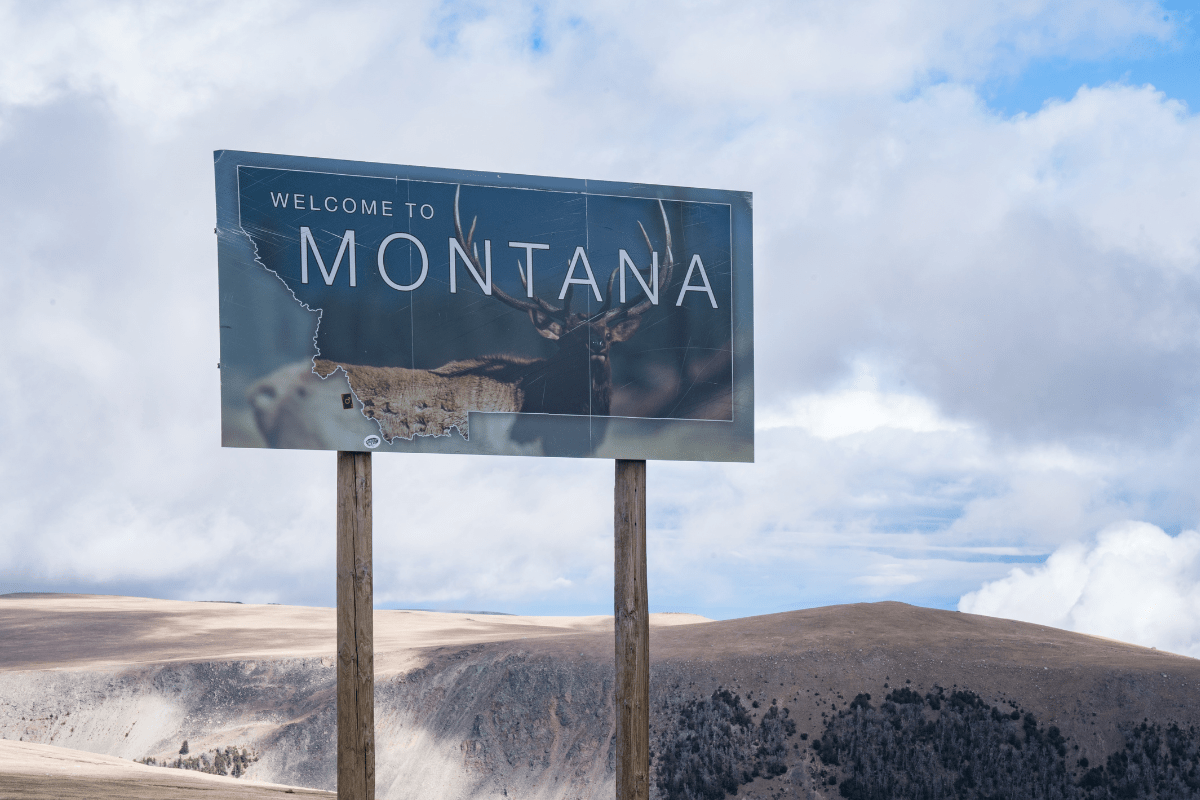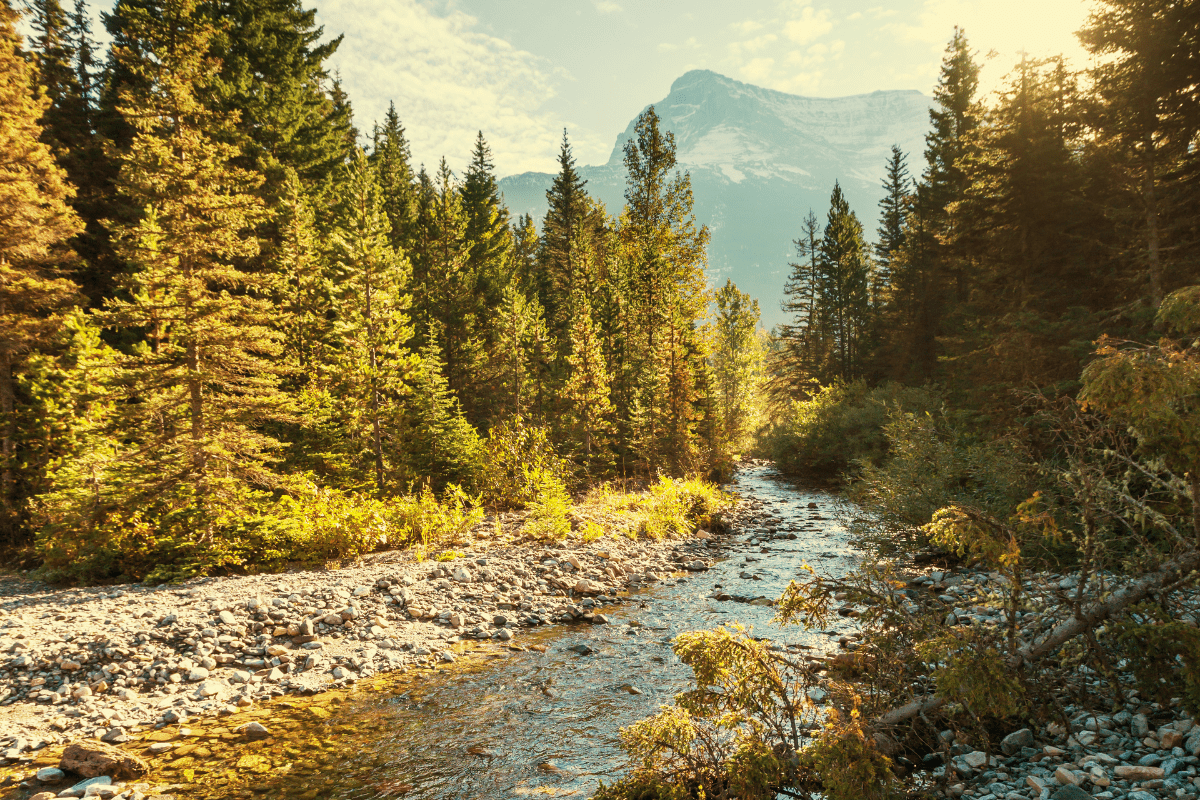Ever wonder why Montana schoolkids get to vote on state animals while the rest of us just vote for politicians? Turns out, Montana has a quirky tradition of letting elementary students choose official state symbols—and they've been surprisingly good at it, picking everything from grizzly bears to huckleberries with the seriousness of Supreme Court justices.
Montana boasts 16 official state symbols that tell the story of a state where mining millionaires once outnumbered everyone else in Helena, where grizzly bears still roam in numbers that make other states jealous, and where the state bird was chosen by kids who probably couldn't even spell "legislature" yet. These symbols aren't just pretty pictures on government websites—they represent industries worth billions and ecosystems that define what it means to be Montanan.
The democratic experiment that actually worked
Here's something they don't teach in civics class: Montana has turned state symbol selection into the world's most adorable form of democracy. Since 1983, elementary school students have successfully championed five official state designations. Not bad for kids who still need hall passes to use the bathroom.
The most impressive campaign happened in 1982 when 55,000 students participated in electing the grizzly bear as state animal. Picture this: 425 schools across Montana, with kids conducting actual political campaigns complete with posters, speeches, and buttons. The grizzly won by a 2-to-1 margin over the elk, proving that even in elementary school, Montanans appreciate a good apex predator.
But wait, it gets better. When Governor Ted Schwinden signed the grizzly bear bill in 1983, he wore a grizzly bear cap to the ceremony. Because if you're going to let kids run your state symbol elections, you might as well dress the part. More than 1,000 children attended the legislative hearings, probably making it the only government meeting in history where juice boxes outnumbered coffee cups.
The tradition continues today. In 2023, students from Vaughn Elementary discovered Montana was one of the few states without an official fruit. Rather than accept this grave oversight, they launched a campaign that resulted in the huckleberry becoming state fruit. Their winning argument? The berry makes up 15-50% of grizzly bears' diets and can't be cultivated, making it as wild and stubborn as Montanans themselves.
When blue pebbles turned into millions
Montana's gemstone story reads like a comedy of errors with a happy ending. In 1865, gold prospectors near Helena kept finding these "annoying blue pebbles" clogging up their sluice boxes. Being focused on gold, they tossed these worthless rocks aside. Those worthless rocks? Sapphires worth millions.
The Yogo revelation
The real sapphire jackpot came in 1896 when Jake Hoover, a failed gold prospector, sent a cigar box full of blue stones to Tiffany & Co. in New York. George Kunz, Tiffany's gem expert, nearly fell off his chair. He declared them the "finest precious gemstones ever found in the United States".
What makes Yogo sapphires special? First, they're naturally that perfect "cornflower blue" color that other sapphires need heat treatment to achieve. Second, they maintain their brilliance under artificial light, which is apparently a big deal in the sapphire world. The British figured this out quickly and controlled Yogo mines for nearly 30 years, even placing Montana sapphires in the Royal Crown Jewel Collection.
Today, Montana remains North America's only commercial sapphire producer. Yogo deposits alone have produced over $30 million in gems, though most stones are under one carat. The largest cut Yogo weighs 10.2 carats and sits pretty in the Smithsonian, probably making other gemstones feel inadequate.
Montana actually has two state gemstones because in 1969, the legislature couldn't choose between sapphires (representing western Montana) and agates (representing eastern Montana). So they picked both, because sometimes the best compromise is no compromise at all.
The tree that smells like dessert
The ponderosa pine's journey to becoming state tree is a testament to bureaucratic patience. Helena schoolchildren voted it their favorite tree in 1908. The legislature finally made it official in 1949. That's a 41-year wait, which must be some kind of government record.
Economic powerhouse with vanilla scent
Why did it take so long? Who knows. But the wait was worth it for a tree that literally smells like vanilla when you sniff the bark furrows of mature trees. Yes, Montana's state tree doubles as nature's air freshener.
The ponderosa pine isn't just a pretty (and pleasant-smelling) face. These trees shaped Montana's economy when railroads arrived in the 1880s. According to research forester Steve Arno, Montana was "perfectly positioned to become a national timber player". By 2015, Montana was producing 535 million board-feet of lumber annually.
The economic impact of ponderosa pines:
- Third-largest source of basic employment
- 15% of basic industry labor income (1990-1995)
- Covers 25 million acres statewide
- Trees live 300-600 years
- Can reach 200 feet tall
- Built Lewis and Clark's canoes
Fun fact: Lewis and Clark actually made 30-foot dugout canoes from ponderosa pines with help from the Nez Perce tribe. Imagine trying to carve a canoe from a vanilla-scented tree while Meriwether Lewis takes notes about everything. No pressure.
Mining wealth and literary accidents
Montana's state motto, "Oro y Plata" (Gold and Silver), was adopted in 1865 with all the linguistic grace of Google Translate. The territorial legislature initially proposed "Oro el Plata," which is grammatically incorrect Spanish. Someone who actually spoke Spanish corrected it, saving Montana from 150+ years of embarrassment.
The motto perfectly captured Montana's reality. By the late 1800s, Helena had more millionaires per capita than any other city in the world. That's what happens when you discover gold at Bannack City, Alder Gulch, and Last Chance Gulch. The mining wealth directly funded Montana's path to statehood in 1889.
Big Sky origins
Montana's most famous nickname has the most Montana origin story possible. A.B. "Bud" Guthrie Jr. wrote a novel in 1947 but couldn't think of a title. His editor came up with "The Big Sky," and when Montana's Highway Department asked permission to use it for a tourism campaign in 1961, Guthrie said yes "on the spot."
That 1962 tourism campaign transformed Montana's identity and now helps drive the state's $5.45 billion annual tourism industry. Not bad for a title that was basically an editor's last-minute suggestion. Sometimes the best ideas are accidents.
Montana's nicknames through history:
- "Treasure State" (1895) – precious metals reference
- "Big Sky Country" (1962) – tourism gold
- "Land of Shining Mountains" – translation of Montana
- "The Last Best Place" – newer tourism slogan
Grizzlies, democracy, and middle school campaigns
The grizzly bear's selection as state animal might be the most Montana thing ever. Secretary of State Jim Waltermire wanted to teach kids about democracy, so he let them run a full election for state animal. The result? 74 different animals nominated, campaigns that would make professional politicians jealous, and a landslide victory for the grizzly.
Today, Montana hosts 1,800-2,000 grizzly bears, the only substantial population in the lower 48 states. The Northern Continental Divide Ecosystem contains about 765 bears, while the Greater Yellowstone Ecosystem has 550-600.
Conservation complications
Listed as threatened since 1975, grizzly populations have actually exceeded federal recovery goals. But success brings complications. Bears are expanding into areas where they haven't been seen for decades, leading to increasing human-bear conflicts. The January 2025 federal decision reaffirmed their threatened status, rejecting state delisting petitions.
The bird that Lewis discovered (and kids elected)
Poor Meriwether Lewis. He scientifically described the Western Meadowlark on June 22, 1805, near Great Falls, noting it was like the eastern lark "but the song was richer and more varied." Then Montana schoolchildren got to pick the state bird in 1930 and chose… the Western Meadowlark. At least Lewis got top billing in the scientific name.
The meadowlark won the schoolchildren's statewide referendum by a huge margin, and the legislature made it official on March 14, 1931. With its bright yellow breast and black "V," it's basically wearing nature's varsity letter.
Some meadowlark facts that'll impress at parties:
- Global population: 90-100 million
- 37% decline since 1966
- Diet is 65-70% crop-damaging insects
- Six states claim it
- Songs contain 7-10 notes
That last bit about crop-damaging insects? A 1914 California study proved meadowlarks actually help farmers by eating grasshoppers and cutworms. So they're beautiful, musical, and useful. No wonder the kids picked them.
The flower that made women vote (before they could vote)
Here's a plot twist: Montana's state flower was chosen through a democratic process organized by women who couldn't yet vote in regular elections. Mary Long Alderson, president of Montana's Women's Christian Temperance Union, orchestrated this remarkable campaign from 1893-1895.
She formed the Montana Floral Emblem Association with county committees and conducted a statewide referendum that drew 5,857 ballots. The bitterroot received 3,621 votes, crushing the competition like a Victorian-era political boss in a flower crown.
Sacred roots and trading economics
The bitterroot holds profound meaning for Montana's Native American tribes. The Salish people call it "sp̓eƛ̓m̓" and tell this story: "The sun heard a mother crying because she could not find food for her family. The sun changed the mother's tears into the bitterroot so she would always have food for her children."
Every May, the Salish still observe "Sp̓eƛ̓m̓ Spq̓niʔ" (Bitterroot Month) with ceremonial harvests on the Flathead Reservation. Historically, the flower was so valuable that "a sack full commanded a substantial price—usually a horse".
The plant's scientific name, Lewisia rediviva, means "Lewis revived," because these flowers can survive one to two years without water. They're so tough they can regenerate from seemingly dead roots. Basically, they're the plant equivalent of Montana's "we don't need your help" attitude.
The fish worth a billion dollars
The westslope cutthroat trout became state fish in 1977 after Norma Ashby of Great Falls wondered why Montana didn't have one. She ran a TV campaign that resulted in 520 votes for the cutthroat versus 200 for the Montana grayling. Democracy in action, broadcast edition.
William Clark (of Lewis and Clark fame) first scientifically described this fish at Great Falls. Today, it's worth noting that recreational fishing contributes $907 million to $1 billion annually to Montana's economy. That's a lot of money for a fish that now occupies less than 3% of its historic range.
Climate change price tag
Here's the sobering part: projected warming could cost Montana $5 million yearly by mid-century in the Flathead system alone. The South Fork Flathead River maintains the world's largest genetically pure population, making it the Fort Knox of cutthroat trout genetics.
Recent additions and student power
The student-led symbol campaigns keep rolling. In 1985, Livingston sixth-graders collected 8,000+ signatures from 60 schools to make Maiasaura peeblesorum the state fossil. This "good mother lizard" provided the first proof that dinosaurs cared for their young and lived in herds up to 10,000 strong. Plus, they're found only in Montana, which probably helped their campaign.
The 2001 mourning cloak butterfly selection recognized a creature that's basically the marathon runner of butterflies, with a 10-12 month lifespan. As the first butterfly emerging after winter, it perfectly represents Montana's "we survived another winter" spirit.
Other notable symbols include:
- Bluebunch wheatgrass (1973) – covers 75% of rangeland
- Scobey soil (2015) – supports $4.7 billion agriculture
- Montana sapphire and agate (1969) – geological compromise
- "Montana" state song (1910) – 30-minute composition
- State flag (1905) – design controversy continues
Looking forward under the Big Sky
Montana's symbols tell a story of evolution from mining frontier to conservation leader, from territorial ambitions to student democracy. These aren't just items on a government list—they represent billions in economic activity and ecosystems that define the state's identity.
Educational programs ensure these symbols remain relevant, with the Montana Historical Society reaching 425+ schools annually. The pattern of student-led adoptions continues, proving that in Montana, you're never too young to make state history.
Whether it's grizzly bears roaming ancient territories, sapphires hiding in creek beds, or kids voting on state fruits, Montana's symbols capture something essentially Montanan: a mix of wild nature, democratic spirit, and the occasional happy accident that turns into tradition. And if elementary school students want to keep choosing state symbols? Well, they're doing a better job than most adults would anyway.





